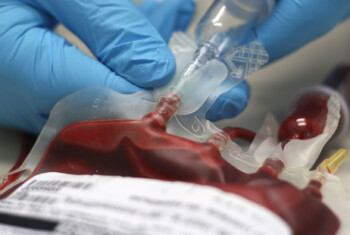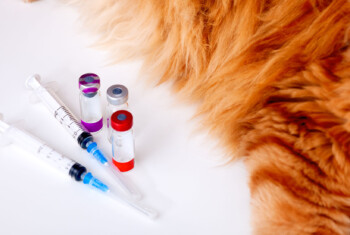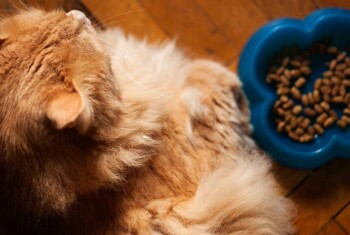Keep pradofloxacin in your back pocket for the fight against mycoplasma and Bartonella in cats.
With a mechanism of action that prevents DNA replication and repair in susceptible bacteria, fluoroquinolones are an attractive choice for gram negatives with additional benefits against mycoplasma and Bartonella.
The main choices for fluoroquinolone treatment of infection in cats includes enrofloxacin (Baytril) oral and injectable, marbofloxacin (Zeniquin) oral and injectable, off-label ciprofloxacin oral and pradofloxacin (Veraflox) oral.
Enrofloxacin.
Enrofloxacin is a second-generation fluoroquinolone well known to cause retinal degeneration in cats, at doses above 5 mg/kg possibly due to a defect in the retinal ABCG1 gene. Given that hepatic impairment can affect metabolism of the drug, situations like hepatitis that would call for fluoroquinolone usage might result in a narrowed safety margin for this drug.
Marbofloxacin.
Marbofloxacin is a third-generation fluoroquinolone (spectrum improved for gram-positive infection) that has been used in cats since the early 2000s, with an oral formulation that became available in the early 2010s. Marbofloxacin has a similar spectrum to enrofloxacin but with no reports of retinal degeneration near the regular dose range.
Ciprofloxacin.
Ciprofloxacin is an inexpensive, broadly available second-generation fluoroquinolone, however the lack of recent pharmacokinetic studies and the need for compounding might decrease interest for usage in cats.
Pradofloxacin.
Pradofloxacin is an oral third-generation fluoroquinolone that has broad action against gram negatives, mycoplasma, some rickettsial organisms, Bartonella and Pasteurella. Unlike doxycycline, pradofloxacin has been shown to yield negative mycoplasma PCR results in clinical treatment trials. In one study, pradofloxacin was superior to azithromycin and enrofloxacin in the treatment of Bartonella.
With the recent ISCAID 2019 recommendation of fluoroquinolones as frontline empirical treatment for pyelonephritis, referrals for acute azotemia frequently arrive at our practice with a history of enrofloxacin treatment. Given that some patients may also have hepatic impairment secondary to anorexia, this should prompt a discussion of what fluoroquinolones to use and when. All fluoroquinolones have the potential to cause retinal degeneration, however marbofloxacin has had it only reported at high doses, and pradofloxacin carries a general fluoroquinolone safety warning on the label but has no clinical evidence of these side effects.
Conclusion.
Pradofloxacin is frequently a medication that has not been considered despite ease of administration and availability. Additionally, this is an oral liquid suspension, making nasopharyngeal or esophageal feeding tube administration very successful in inappetant cats. Alternatives to enrofloxacin in cats should be given consideration in general given the potential of causing inadvertent retinal degeneration, and specifically when evaluating treatment plans for cats that have hepatic impairment.


